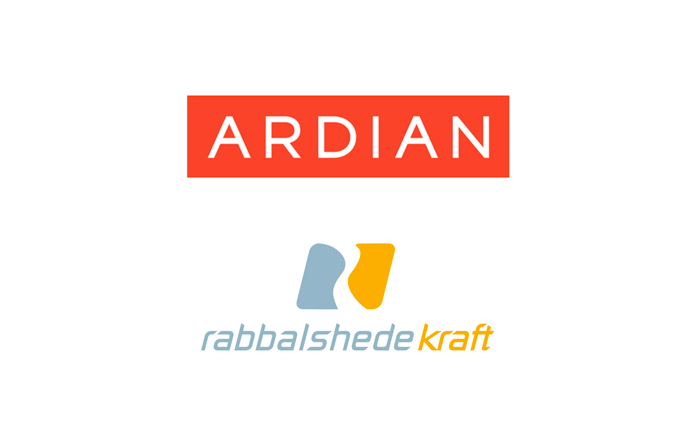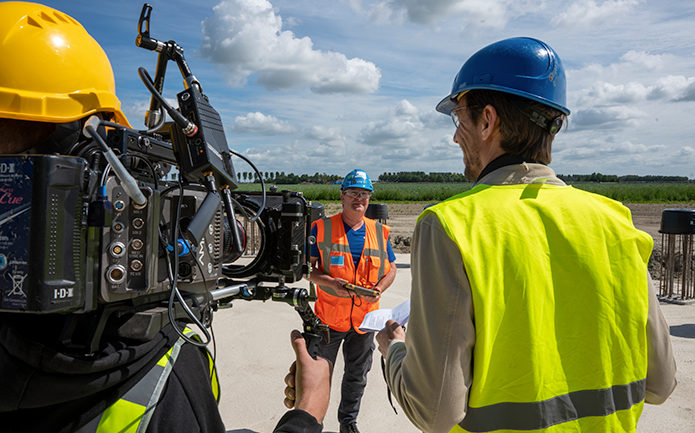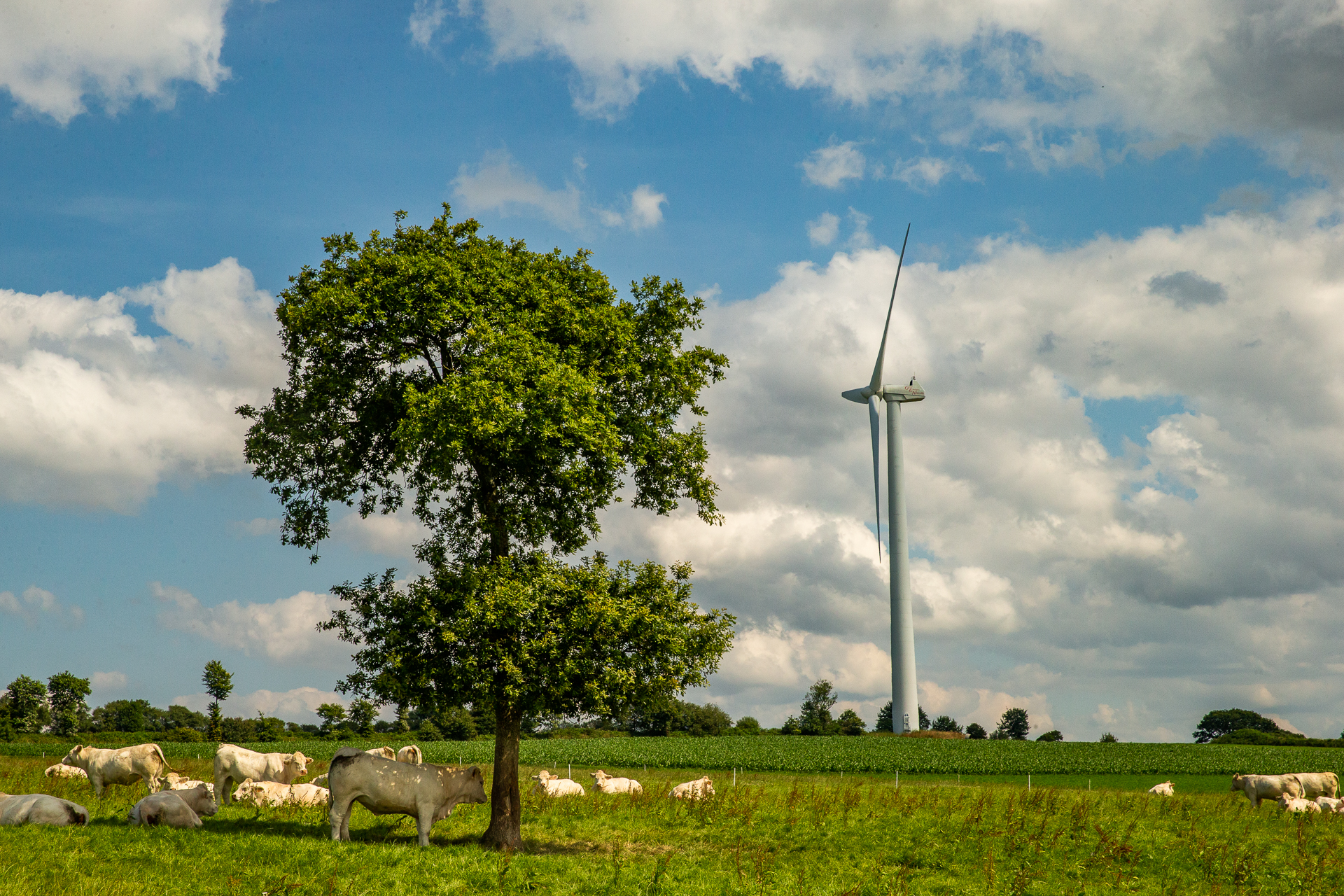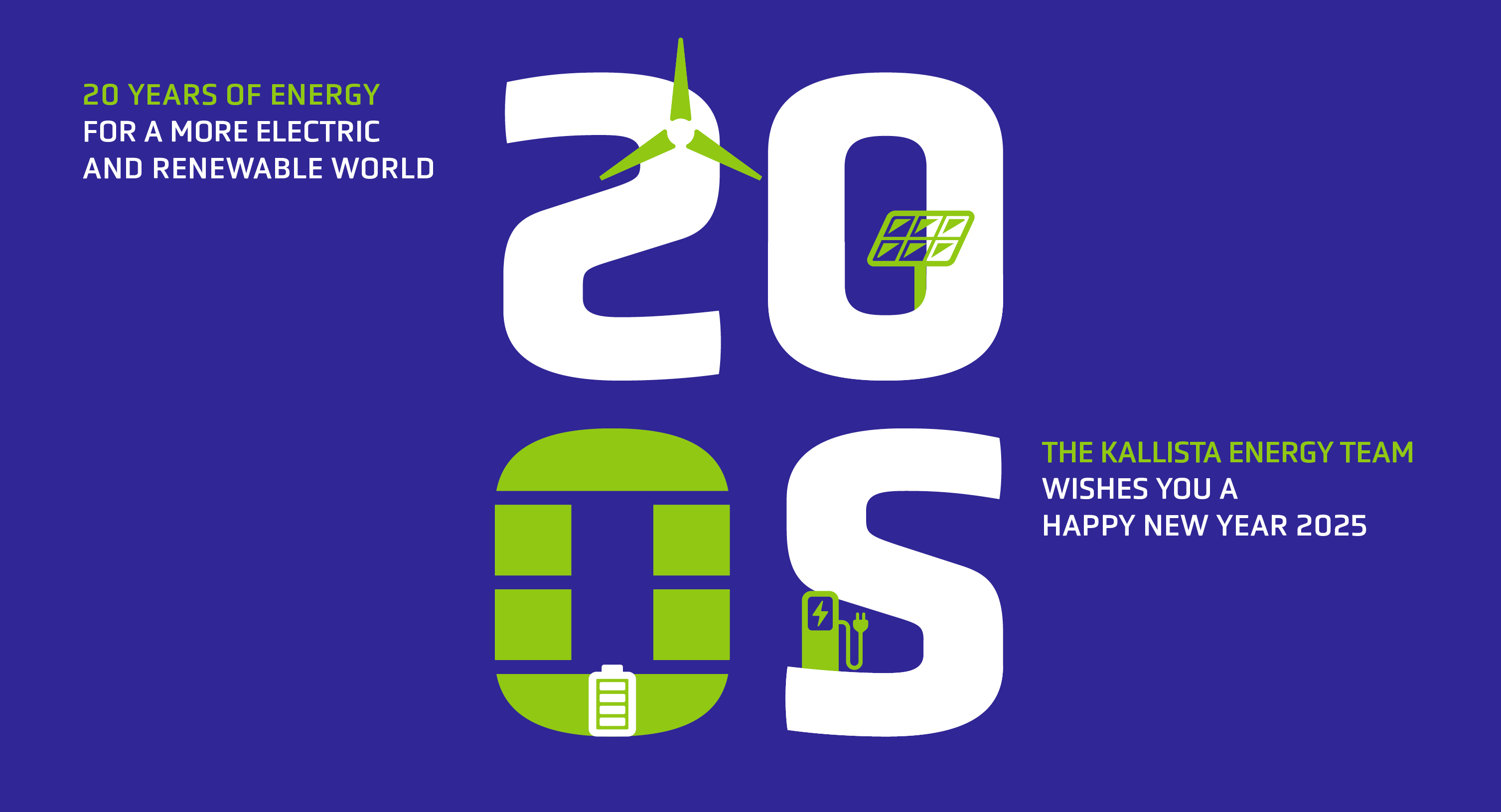“The repowering of our wind farms has a threefold objective. Firstly, it is a question of optimising the production of renewable electricity on the windiest sites in France, which were among the first to be exploited. Secondly, it makes it possible to produce the most competitive electricity possible, because wind power has undergone significant technological leaps. Finally, the renewal of the installations gives the territories where the parks are located, as well as Kallista Energy, a new visibility over 20 years”, explains Frédéric Roche, President of Kallista Energy.
Between 30% and 60% more electricity
The commune of Trébry, located about 30 kilometres south-east of Saint-Brieuc, has been home to 6 wind turbines since 2005, with a total capacity of 9 MW. The 5 wind turbines in Lanfains, 25 kilometres south-west of Saint-Brieuc, have been producing electricity since the beginning of 2006 (7.5 MW in total).
These two wind farms will be repowered in 2021. The wind turbines will be replaced by more efficient models that will improve not only production but also the acoustic performance and the management of the wind turbines (starting up in low wind conditions, better integration into the network, etc.).
The repowering of the wind farms in Trébry and Lanfains have been the subject of a complete request for authorisation, as for a new wind farm, from the State services. Ecological, landscape and acoustic studies have been carried out since 2016 with the support of independent experts.
The new wind farm in Trébry will produce around 30% more electricity with the same number of wind turbines. The new wind farm in Lanfains will increase to 6 wind turbines to produce about 60% more electricity than today. In both cases, the height of the wind turbines will remain unchanged (90 m). The rotor will be increased from 64 to 70 m. The new wind turbines will be supplied by Enercon, one of the world’s most renowned wind turbine manufacturers. In total, the two new wind farms will supply the equivalent of more than 18,000 Bretons with local and renewable electricity [4].



